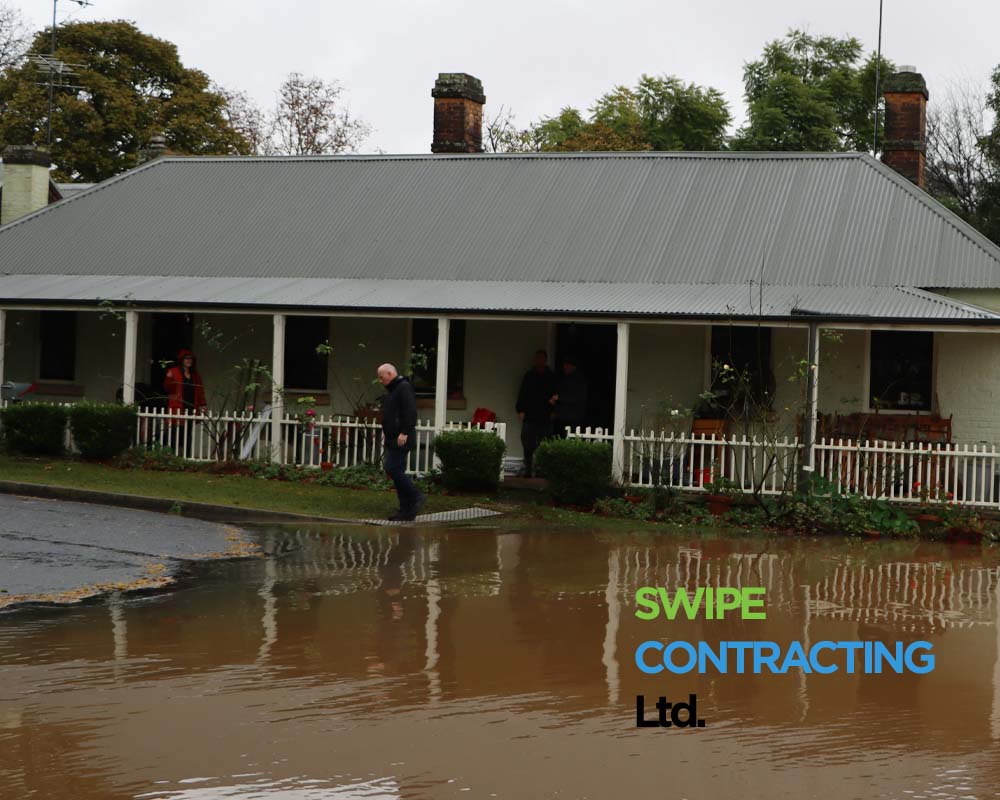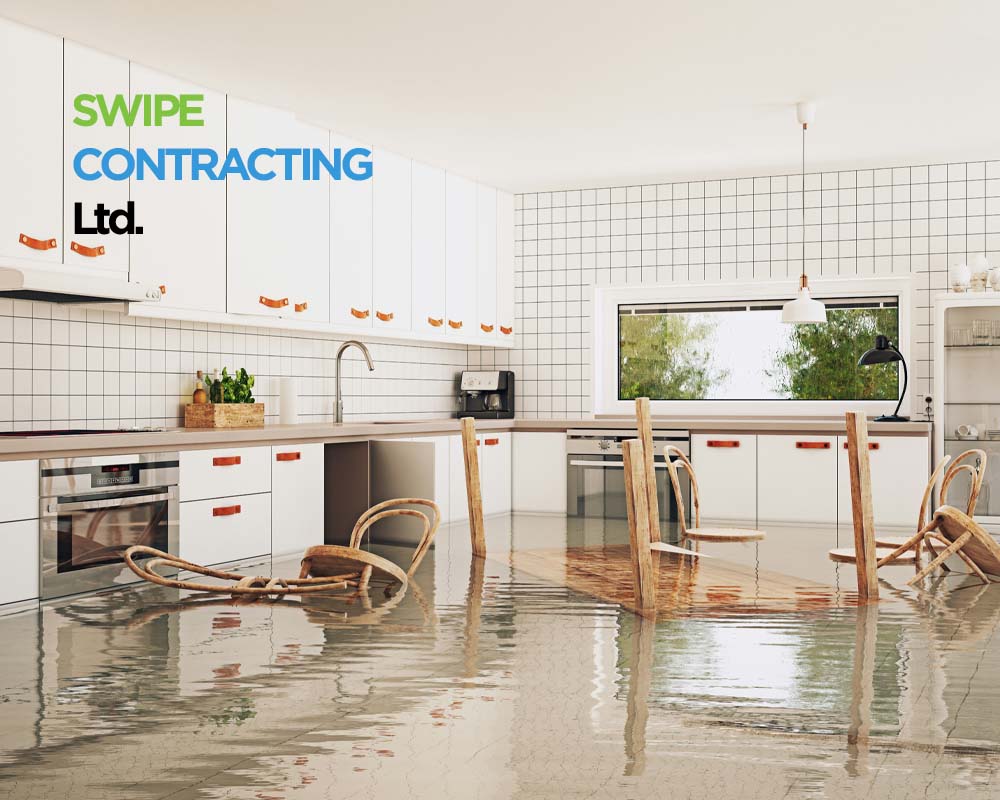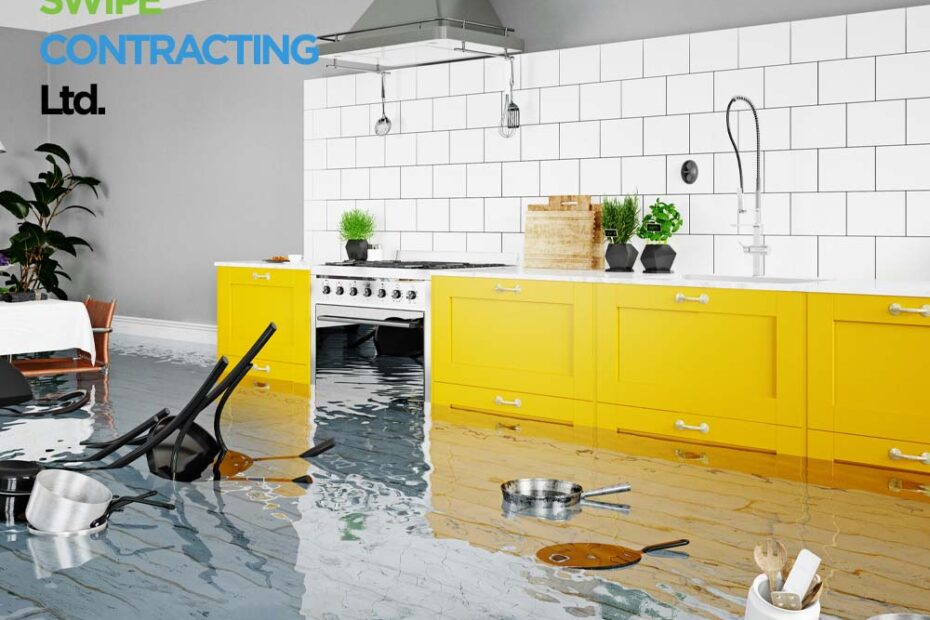Water damage is a common issue faced by homeowners in Victoria, BC. Given the region’s coastal climate and frequent rainfall, it’s no surprise that mould thrives in Victoria’s weather. While the immediate concern after water damage might be repairing structural issues, an equally important, yet often overlooked, aspect is preventing mould growth. Mould can begin to develop within 24 to 48 hours after water exposure This can pose serious health risks and potentially cause significant damage to your home. Therefore, it’s crucial to take swift and effective action to prevent mould after water damage. In this article, our experts in mould removal Victoria BC will be going over some helpful tips on how to keep mould at bay after flooding, leaks, or a spout of rainy weather.
Understanding the Risk of Mould Growth in Victoria BC

Victoria’s damp, mild climate creates the perfect environment for mould to thrive. High humidity and cooler temperatures easily trap moisture in your home, especially in areas like basements, attics, and bathrooms. When water damage occurs—whether from flooding, a burst pipe, or even minor leaks—this moisture accelerates the growth of mould spores, which are already present in the air.
Mould is not just an unsightly problem; it can lead to a range of health issues, particularly for those with allergies, asthma, or weakened immune systems. Symptoms of mould exposure include respiratory problems, skin irritation, and even neurological issues in severe cases. Additionally, mould can weaken the structural integrity of your home, leading to costly repairs.
Given these risks, preventing mould after water damage is not just about maintaining the aesthetics of your home—it’s about protecting your health and your property’s value.
Steps to Take to Avoid Mould Removal Victoria BC After Water Damage
The first 24 to 48 hours after water damage are critical in preventing mould growth. Here’s what you should do:
Act Quickly: As soon as you notice water damage, take immediate action. Remove any standing water using pumps, wet vacuums, or even buckets, depending on the severity of the situation. The faster you can remove the water, the less chance there is for mould to grow.
Dry the Area Thoroughly: After removing the water, it’s essential to dry the affected areas as quickly as possible. Use dehumidifiers, fans, and open windows to increase airflow. You can also use moisture meters to ensure that all areas are completely dry, especially in hard-to-reach places like behind walls or under flooring.
Remove Damaged Materials: Any materials that have been soaked in water for an extended period should be removed and discarded. This includes carpets, insulation, drywall, and upholstered furniture. These materials can retain moisture and provide a breeding ground for mould. If you’re unsure whether you can salvage a material, it’s best to err on the side of caution and remove it.
Clean and Disinfect: Once the area is dry, clean all surfaces with a mixture of water and detergent. For added protection, use a disinfectant that’s effective against mould spores. Be sure to clean behind baseboards, inside cabinets, and in any other areas where moisture may have accumulated.
Check for Hidden Moisture: Mould can grow in hidden areas, so it’s essential to check for moisture behind walls, under floors, and in other concealed spaces. If you suspect moisture is trapped in these areas, you may need to remove sections of drywall or flooring to allow for proper drying.
How to Ensure Long-Term Safety From Mould Growth?

While the steps above are crucial for immediate mould prevention, it’s also important to implement long-term strategies to protect your home from future mould growth. For instance, ensure that your home has adequate ventilation, especially in areas prone to moisture, like bathrooms and kitchens. Install exhaust fans, and consider using a dehumidifier in particularly damp areas.
You’ll also want to regularly inspect your home for leaks in the roof, windows, and plumbing, and repair them promptly. Additionally, ensure that your home is well-insulated to prevent condensation, which can lead to moisture buildup. If you renovate or make an addition to your home, consider opting to use mould-resistant materials in areas that are likely to get wet. By using products that are designed to inhibit the growth of mould, you’ll create an added layer of protection.
Also, do your best to conduct regular inspections of your home, particularly in areas that are prone to moisture. Early detection of potential mould problems can save you time, money, and stress in the long run. However, if you’re unsure what to look for or you’ve experienced significant water damage, consider hiring a professional mould remediation service. These experts have the tools and knowledge to detect and remove mould, even in hidden areas, ensuring that your home is safe and mould-free.
Contact us About Mould Removal Victoria BC!
For more information about mould removal Victoria BC, contact us today! If you are unsure what steps to take after water damage, contact one of our experienced team members. We’d be happy to give you a quote on your project and determine what services you’ll need. At SWIPE we have several years of experience dealing with demolition, excavation and asbestos/mould removal. If you have any questions regarding our services, feel free to reach out. We look forward to working with you in the near future.
